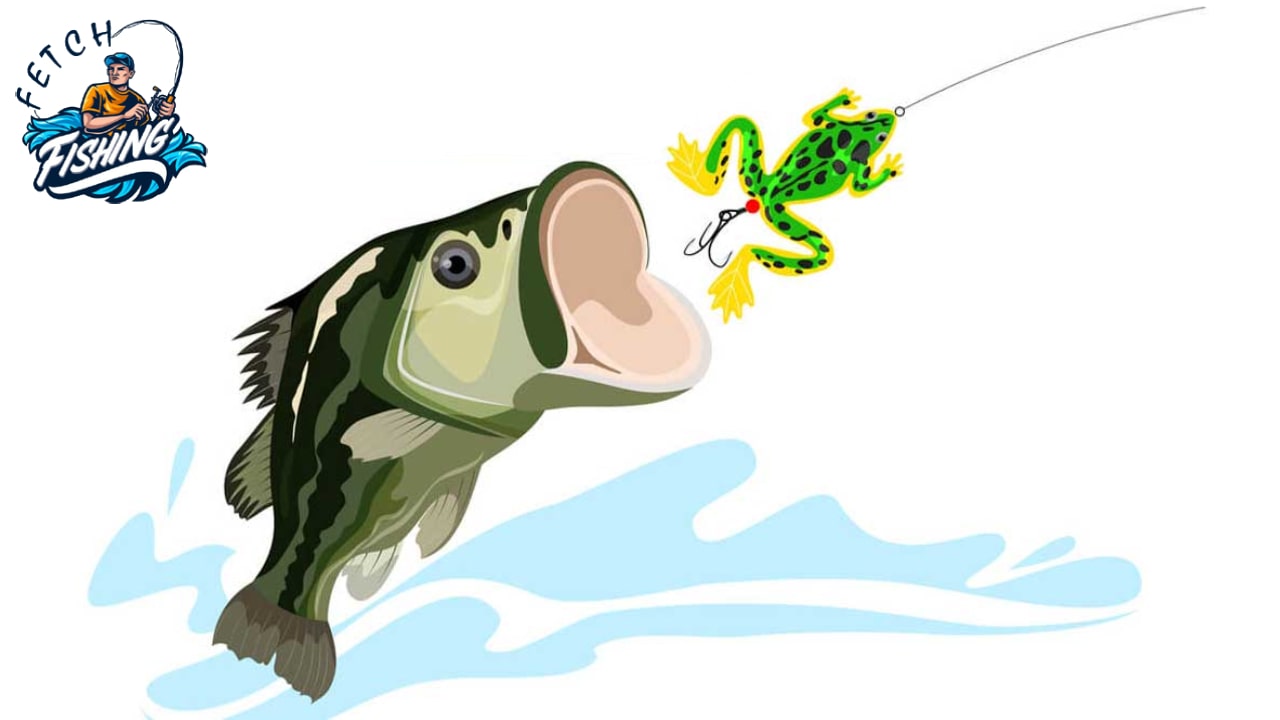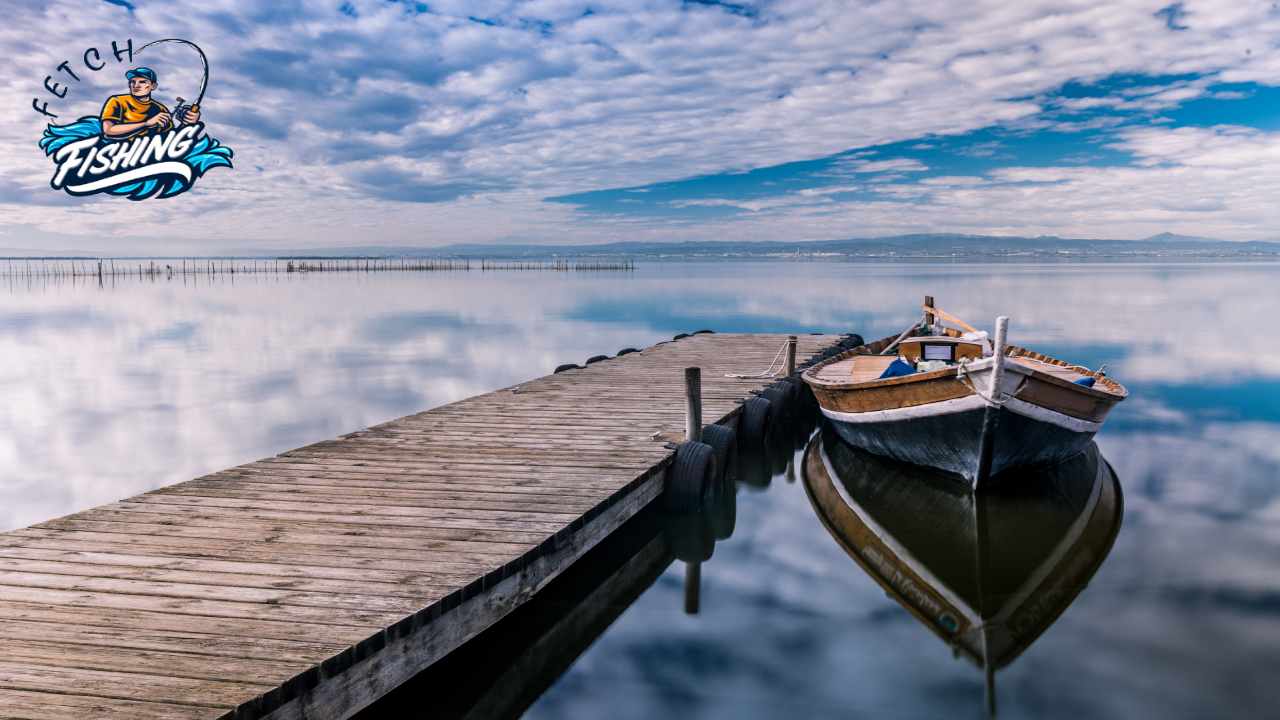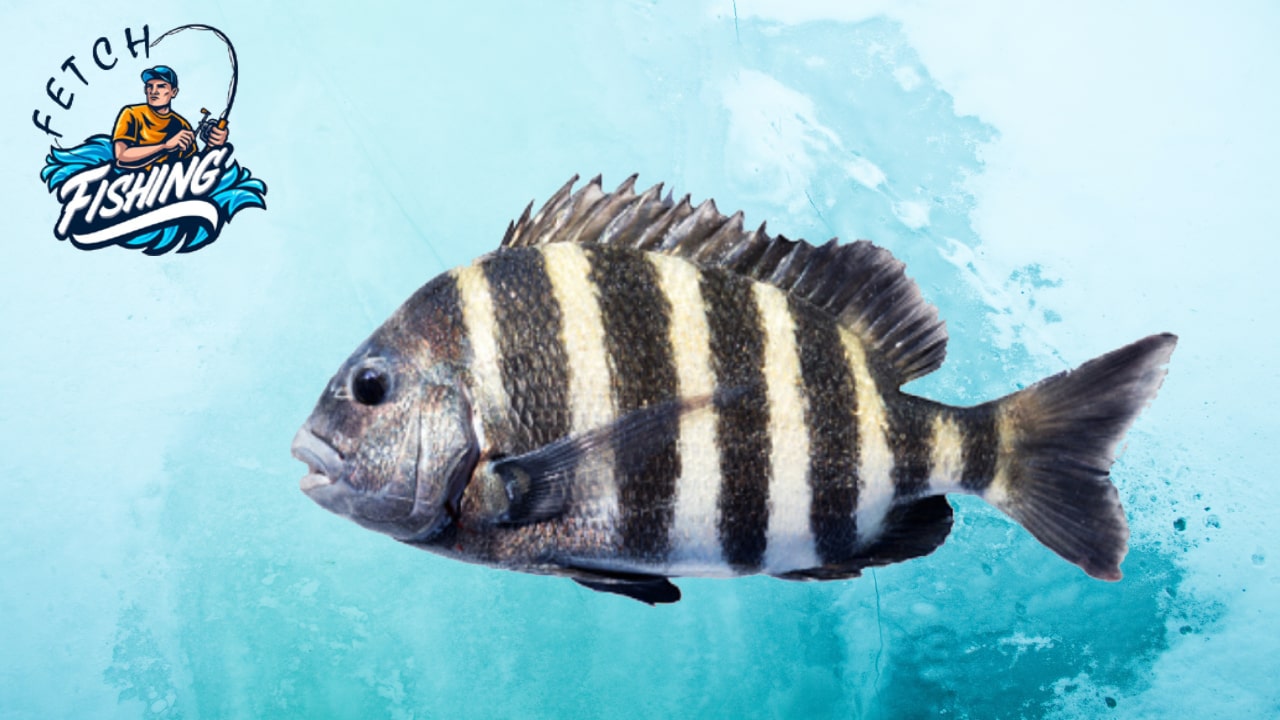
If you don’t have the right gear, bass fishing may be a challenging hobby, regardless of whether you’re a competitive sports fisher or just want to have a good time on the lake with your family. Nature is surprising, but if you are aware of the habits of bass and the fishing environment, you can use the best methods and gear to bring in a magnificent catch.
How to Fish for Bass – Fishing for Beginners
Learning how to fish for Bass might be scary, so I lay down the Bass fishing basics. Essential fishing equipment and simple lures are needed for beginners to know how to Fish for bass. Once you have the essential bass fishing gear, you need to find bass and start using tested methods to start catching fish. With this strategy, you’ll learn how to fish for bass with a good catch rate right away.
Bass Fishing Rod & Reel Recommendations

I strongly advise beginning with a spinning rod and reel combo. If you’re fishing for the first time Bass is your main aim. If you use the same gear as a more experienced Baitcasting Rod & Reel combo. Then, you will be much more successful in pursuing Bass. It is a wise purchase to begin your fishing adventures with a baitcasting rod and reel set if you have previous fishing experience and are now turning your attention to the largemouth. While they need a lot of patience and practice, if you master them, your accuracy, distance, and efficiency will be higher than with the spinning setup. However, you can accomplish almost anything with either, and for a beginner, bait casters offer an additional degree of annoyance. So stay with a spinning combo until you’re prepared to put in a significant amount of effort.
Fishing Line For Bass
If this is your first time spooling up your spinning combo, I suggest starting with 10 lb. monofilaments. A fishing line made of mono is widely accessible, inexpensive, and simple to use. I advise using a 20 lb. braided line when spooling up your Baitcaster for the first time. Although you can tie the braid directly to your lures. I would also add a fluorocarbon leader, either to a swivel or to the line itself with a Double Uni knot. A full Fluorocarbon (15–20 Lb.) mainline would probably be your usual choice if you have more experience in fishing. This is the best option, but it necessitates sophisticated knowledge of drag systems, strong knots, and a larger budget.
Most Useful Bass Fishing Lures
A few hard baits are essential to have in your toolbox for times when bass are aggressive, biting irregularly, or you are searching. How to fish for Bass tackle boxes frequently contain crankbaits, spinnerbaits, weedless jigs, swimbaits, and topwater lures as standard items. I would suggest starting out with two different types of crankbait and one of each of the other baits. A Shallow Diving Square Bill Crankbait will cover most of the area off the dock or in shallow neighborhood ponds. While a Lipless Sinking Crankbait allows you to target deeper waters with deeper structures.
Common Bass Fishing Lures
There are many more sorts of crankbait in between them for situations that are more particular. But generally speaking, you can cover most Crankbait possibilities by switching between a Lipless and a Square Bill. A 5/8 Oz. The White, Green, or Chartreuse Willow Blade Spinner Bait is an adaptable choice to thrash against cover and yo-yo through the grass. Punch through trash with a 1/2 oz. Skirted Jig and precisely flip into overhanging cover using the heavy lead head. When shad schools are present during active feeding times (morning/evening). I paddle through them using a 4′′ swimbait in natural hues like white, green, and brown. A 1/2 Oz.
Topwater Frog is exclusively used in swampy, shallow-water environments. Where bass has no other options for finding shade than dense vegetation and lily pads. The frog thumps downward and pauses near cracks. Avoid the urge to set the hook if you get hit. Although bass rarely eats Topwater Frogs on the first bite, let it be for another two to three hits. Keep reading to clear your doubts about how to fish for bass
Soft Baits for Bass
When you are focusing on a location where you know there is bass or when the bite is slow. And a slower approach brings in the bacon, having a good variety of soft baits on hand is vital. It’s crucial to have a variety of soft plastic Bass lures organized by kind for use in various scenarios. I advise keeping at least one pack of each variety on hand: Worms (Finesse Worms 6′′, Stick Worms 5′′, Tail Worms 7′′), Curl Tail Grubs 3–4′′, Shad Jerk Baits 4-5′′, and Tube Baits 4′′. (or Creature Baits). When fishing in shallower (10 feet or less) water with plants, natural hues like green, brown, and black are typically the default choices.
For deeper, rocky structures, brighter, unnatural hues like Chartreuse, Bubblegum, and Blue are preferable. They work well in water that has been discolored. When using Curl Tail Grubs and Jerk Shads to imitate baitfish, Silver and White work best.
Bass Hooks, Terminal Tackle, and Sinkers
Hooks, sinkers, jig heads, swivels, beads, and a container to keep the tackle are all necessary. When using soft plastic worms, your go-to hook should be an EWG Worm Hook 3/0 or 4/0. You will need some 1/0 Octopus Hooks to set up your worm in the wacky rig fashion. When I am freelining the worm or using a Carolina Rig, I prefer to use lighter Round Bend Worm Hooks (#1-1/0) because the worm lowers more slowly and stays off the bottom longer. To rig the worms in Carolina, Texas, and Drop Shot Style, you need some sinkers. 1/4 -1/8 Oz. The Texas Rig must have worm weights.
They may also be used with the Carolina Rig when it is placed atop a 6mm Red Bead and a #7 Barrel Swivel. To see this diagram, please go to our free e-book at the bottom of the page. 1/4 – 1/8 Oz. The Drop Shot rig should be used in conjunction with casting sinkers. I always have a 1/4 oz. plus a 1/8 oz. Jig Heads to Jig Tube Baits by inserting the jig eyelet through the tube’s head that covers the jig head. I use a 3–4′′ grub on these jigs to spoon-feed a smaller profile in cooler weather when bass are lazy.
Tackle Storage
I suggest putting your tackle in an 11 x 7 Stowaway Utility Box to start. They are portable and can be carried by hand when walking ashore or put in backpacks. You can get a Soft Sided Tackle System as you advance to hold your stowaways as you collect more bass fishing gear. Somehow gains knowledge about how to fish for bass. A Hard Sided Tackle Box is a well-liked choice for weekend warriors. They are less adaptable in my opinion because you can soon outgrow the space and they don’t split into smaller stowaways for transportation. Yet, many fishermen have historically chosen Hard Siders.
Where should one fish for Bass?

The hardest aspect of how to fish for bass, now that we have our gear in place, is finding the fish. 10% of the lake will often contain the majority of the bass. 10% is made up of scattered pockets of water rather than one large area. Locating a good site to fish is the first step, but what will really set you apart from other bass anglers is identifying the specific ingredients that go into the spot’s success and looking for copies.
You’ll succeed if you can find the ideal balance of depth, structure, cover, water temperature, and environmental factors. You want to repeat the variables once you get things right and catch a couple of large basses. If you get on a few big fish in an area, your catch rate will probably start to decline. Because outside of peak feeding, large bass typically travels alone or in pods of two to three. To repeat your previous success, take note of the features and look for sites that are similar. Visit Bass Resource’s Advice for Beginners for even more fantastic advice on where to find bass and how to fish for bass.
Structure
Particularly at structural transitions, the bass holds to it. The most common signs of structural change are changes in the depth or stability of the bottom of a body of water. River Channels, Points, Humps, Holes, and Drop Offs are typical structural elements that promote these variations.
Cover
In order to find shade and ambush prey, bass use cover. Natural and artificial elements that make up the cover give perfect feeding qualities for bass. Docks, weed beds, boulders, logs, sunken trees, lily pads, and other features are examples of body.
Structure + Cover
Positioning yourself close to both structure and cover is your objective. Place yourself next to a building (where Bass are holding) and hunt for shelter in nearby places (where Bass are primed for striking). Positioning yourself along a Drop-Off (Structure) and aiming for a Dock (Cover) that hangs over the transition would be an illustration of how to do this. The exact place where the Dock provides shade is a great position for a Bass to feed along that Drop-Off. Bass frequently position themselves along the transitions of a Drop-Off.
Temperature
The best time of day to fish for bass is probably between the hours of 65 and 75 degrees, which is the suitable temperature range for bass. A week of rising temperatures says 67 up to 73 degrees, will normally rev up bass activity. But a week of falling temperatures, say 67 down to 61 degrees, will slow the bass roll as they grow more drowsy. The temperature of the water in which bass live affects their body temperature. They save energy and their metabolism significantly slows down when it’s too cold ( 60). When it’s too hot (> 80), oxygen frequently starts to run low, and they become survival-oriented. Although you have little control over the weather, I wouldn’t suggest bass fishing in most bodies of water when the temperature is between 60 and 80 degrees.
Light Conditions
Early in the morning and late at night, when light levels are low and shallower forage is easier to obtain, bass aggressively feed. The Bass won’t just be active; they’ll also be easier to forecast geographically. Those fishing from the shore or a dock should take advantage of their location in the shallower waters at this time. Bass will either move deeper or hold out beneath covers like docks, overhanging branches, and swimming platforms as the sun rises towards later morning. If the body of water allows it, they will surely be deeper at midday when lighting conditions are at their best. Targeting mid-lake features like humps, holes, and rill channels would be wise at this time.
Spawn
Bass spawn in 3-5 feet of water in protected bays in the spring when the water temperature reaches 65 degrees (Southern months: March/April, Northern months: May/June). Despite not actively feeding, male and female bass can still bite when prompted. Because bass spawns in concentrated areas of calm, shallow water, generating easily recognizable spawning beds, spawning is a popular time of year to go fishing. They are roughly 1-foot-diameter circles that have been cleaned of clutter so that the sand or gravel is visible and simple to locate.
Retargeting these little dimensions will frequently cause the smaller males to defend themselves or perhaps bother the larger females enough to take notice because bass will stick fast to their beds. Catch and release are recommended at this time, and you should be careful not to disturb the spawning grounds. You are less likely to disturb the beds and the roe if you can approach them from a distance by boat or, better yet, along the coast.
Popular Bass Fishing Techniques
Working Bottom
Outside of spawn, you will rarely see bass in shallow water, so fish off the bottom. Your soft bait rigs or skirt jigs should bounce along the bottom in a pattern that alternates between steadily dragging, lifting, and dumping your bait with a pause.
Edges
Instead of across from structural changes, cast along their edge. Cast similar weddings at the border of cover as well. Bass is typically found off to the side where the shade is cast rather than in the weeds. Let your bait cover the water column from the top of the weeds to the bottom, then on the way back, work it predominantly off the bottom.
Rolling
Use a Snagless configuration, such as a spinnerbait, to roll over and onto the sides of the underwater cover, like boulders, logs, and stumps. Toss your bait over, especially to the shaded side against the sun, and be sure to really thump against the cover.
Pitching
Target restricted spaces and overhanging covers with your lures. Let your line extend the full length of the pole before grabbing your lure. Usually a soft bait—with the hand on the other side. Pulling the bait to your side will help you load your rod tip. Keep your eyes on your remote target. And then let go of the bait to let the rod gently fling your lure into the area.
Flipping
Flipping, which is similar to pitching but uses heavier, tripled baits, also works to get cranks and jigs into difficult targets. Pulling out the line between your reel and the first-rod guide. It will allow you to release roughly 10-15 feet of line to the side. Before the initial rod guide, pinch the line with your free hand. Swing the bait in a pendulum motion in the direction of the target area. Releasing your constricted line at the conclusion of the motion. As the extra line you set aside spools out, your bait will turn underneath the overhang as a result.



